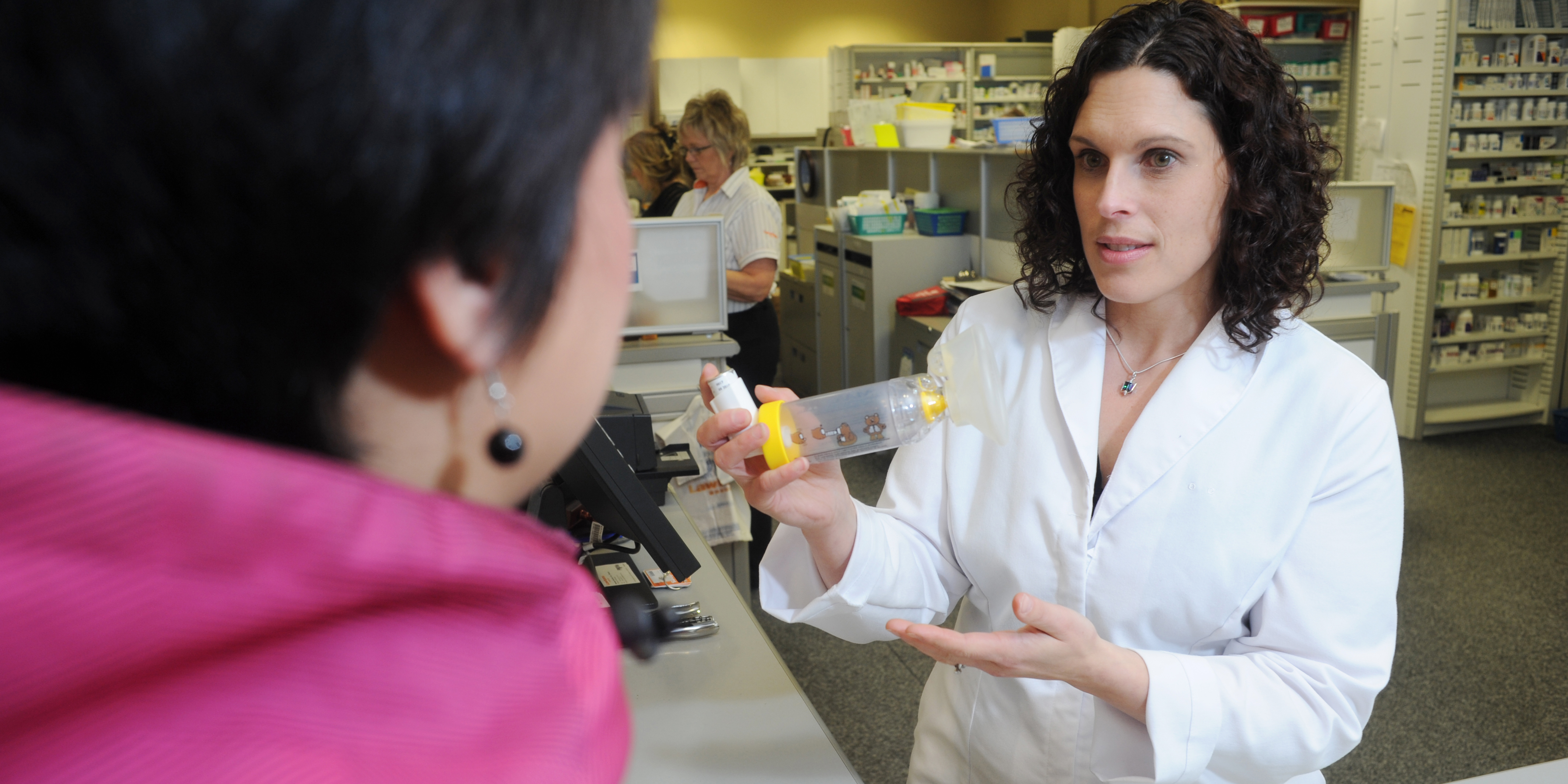Unplugging from the ward: making the tumultuous transition to home easier

After having spent a few weeks confined to a hospital bed, a patient eagerly awaits the verdict of their care team: “Good news, you’re going home today!” the doctor says. Hearing those words brings forth a whole slew of emotions, from relief and glee to anxiety and worry.
Getting discharged from the hospital can be just as overwhelming as the initial admission. It is often during discharge that doctors and nurses provide important instructions to their patients, who are likely worrying about how they’ll get home, if there’s food in the fridge, or who will help care for them during their recovery – and not their list of medications and their medical team’s instructions.
A systematic review published in the journal Drug Safety that synthesized results from 54 studies on medication errors and medication-related harms following hospital discharge found that the time period immediately following hospital discharge can be a challenging time for patients. If a patient is feeling anxious or overwhelmed, they may not be in the right frame of mind to receive instructions. They may forget what they hear, and this could lead to challenges with adhering to their medication—raising the risk of adverse drug events which could see the patient readmitted to the hospital.
Sound medication management is even more crucial for older adults. The Canadian Institute for Health Information found that 1 in 4 seniors was prescribed 10 or more unique drug classes (a drug class is a group of different chemicals that work in the same way and are often used to treat similar medical conditions). The most commonly prescribed drugs for seniors were medications used to treat high cholesterol, high blood pressure, heart failure, angina, and diabetes.
The good news is that there may well be a role for Canada’s 30,000+ pharmacists engaged in direct patient care to help people navigate their discharge from a hospital and manage their medications.
Hospital and community pharmacists: unsung heroes and discharge specialists

The Hospital to Home Pharmacy Project aims to improve the impact that pharmacists can have on patients’ care experience by involving pharmacists in medication management.
This project has brought together community and hospital pharmacists to cooperate and identify ways to make hospital discharge easier for patients. The project has 17 participating community pharmacies in Fredericton, New Brunswick, working with the Dr. Everett Chalmers Regional Hospital.
The Project is being held up as an example for others to follow, since the work is driven and informed by patients and their lived and living experience—those who will benefit the most from its implementation. Meaningful patient engagement is a determining success factor in securing financing for any SPOR-funded projects.
“It’s important to incorporate the patient perspective,” said pharmacist and nominated principal investigator Dr. Carole Goodine, who received funding from the Healthy Seniors Pilot Project (HSPP) Initiative - an initiative from the Public Health Agency of Canada (PHAC) - as well as from the Government of New Brunswick for the study. “Incorporating patients into this project has provided useful insight into patient experiences and their transition through the hospital system. Originally, we wanted to focus on educating patients on their medication during discharge. However, as our patient partners have pointed out, it may not be the best time to provide that kind of information as patients may not always be in the proper headspace to fully grasp it.”
The Maritime SPOR Support Unit (MSSU)—a local team that helps guide SPOR-funded projects in the region—has been supporting the Hospital to Home Project, providing useful advice along the way and assisting with patient partner training and research methodology throughout the process.. “The SPOR unit was instrumental in promoting the opportunity for patient engagement,” says Dr. Goodine.
The Hospital to Home Pharmacy Project is still underway and continues to investigate where gaps in the health care system lie and identify what kinds of methods work best for providing patients with the correct information about their medication, either during or after discharge.
Dr. Goodine and her team are also testing out a variety of tools to help facilitate this process. For example, they are currently testing a computer-generated medication calendar that pharmacists can give patients to take home and which shows them when to take specific medications and how much of them to take. Using this medication calendar, pharmacists will be able to summarize any medication changes made in hospital and explain why they were made, help make patients aware of tools such as dosette boxes and blister packaging, and verify if the patients’ community pharmacy has any new medications in stock and whether or not these medications are covered by the patients’ drug plan. A frequent comment pharmacists heard from patients is that they appreciated having all this information written in front of them in a way that they understood and having access to it whenever they needed it.
A collaborative effort to streamline patient discharge, medication, and recovery
The Hospital to Home Project has gotten off the ground thanks to two key partners: Penny Demmings, a patient partner, and Renee Erb, a community pharmacist partner. They both joined the project looking to help improve medication accessibility and patient care.
Patient partner Penny Demmings

Penny Demmings has been involved with the project as a patient partner since the very beginning.
She got involved to help make a difference in the lives of patients, pharmacists, physicians and nurses across Canada. “If I were a hospital patient, I’d appreciate having a pharmacist to talk to so that I can understand why I need different medications, what medications are being added, changes in dosages, etc.,” explained Ms. Demmings.
She is confident that this project will not only help patients directly, but also improve the quality of the care they receive, and even help relieve some of the challenges hospital staff face when patients are signing their release forms. “This project could impact patients’ lives in a very strong way, while simultaneously impacting doctors and nurses. Having a pharmacist available in hospitals to answer questions and provide information to both patients and doctors and nurses will help round out hospital teams. Pharmacists help fill gaps in knowledge that are sometimes found during the discharge process.”
Community pharmacist Renee Erb

Renee Erb is a community pharmacist with Lawton Drugs and a certified diabetes educator. She got involved in the Hospital to Home Pharmacy Project as she was looking to help improve patients’ access to health information and patient care. She participated in group meetings with researchers and staff, providing her input and sharing her experiences and perspectives as a pharmacist.
Overall, it was a team effort, and demanded respectful collaboration between researchers, patients, and other partners like Dr. Erb.
“My experience working with this research team was great; many people don’t know how complex pharmacy work can get, how much multitasking we’re doing. I’m glad I was able to share my personal experiences with the research team.”
Ms. Erb encourages patients to get involved in patient-oriented research projects, because their perspectives improve the project quality and relevancy to patients. “The research team wants to provide the best possible experience for patients, while making sure patients are healthy and safe. To do so, we need to have the right conversations with the right people about their medication,” she says.
As time goes on, Ms. Erb believes that this project will help address many of the gaps she has seen in patient care. The Hospital to Home Project promises to help keep patients out of the hospital and at home, supplied with the right information, alleviating some of the stress on the current health care system.
Laying the groundwork for the future of discharge nationwide
As the Hospital to Home Project continues, Dr. Goodine and her team will further develop their tools to facilitate hospital discharge for patients.
Currently, they are focusing on implementing the Hospital to Home Project in New Brunswick, eventually expanding across Canada to help patients from coast to coast. The research team is currently collecting data to evaluate the impact of the pilot project. Dr. Goodine and her team are aware that there is still lots of work to do before fully implementing this project. “The most satisfying part has been the appreciation of patients and families. This further validates that this is an area that needs further study and improvement.” Partly because of her work on the Hospital to Home Pharmacy Project, in 2023, Dr. Goodine was named Canadian Pharmacist of the Year by the Canadian Pharmacists Association.
- Date modified: